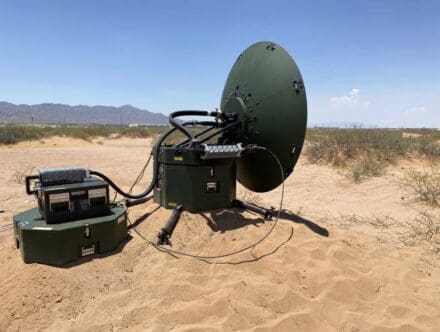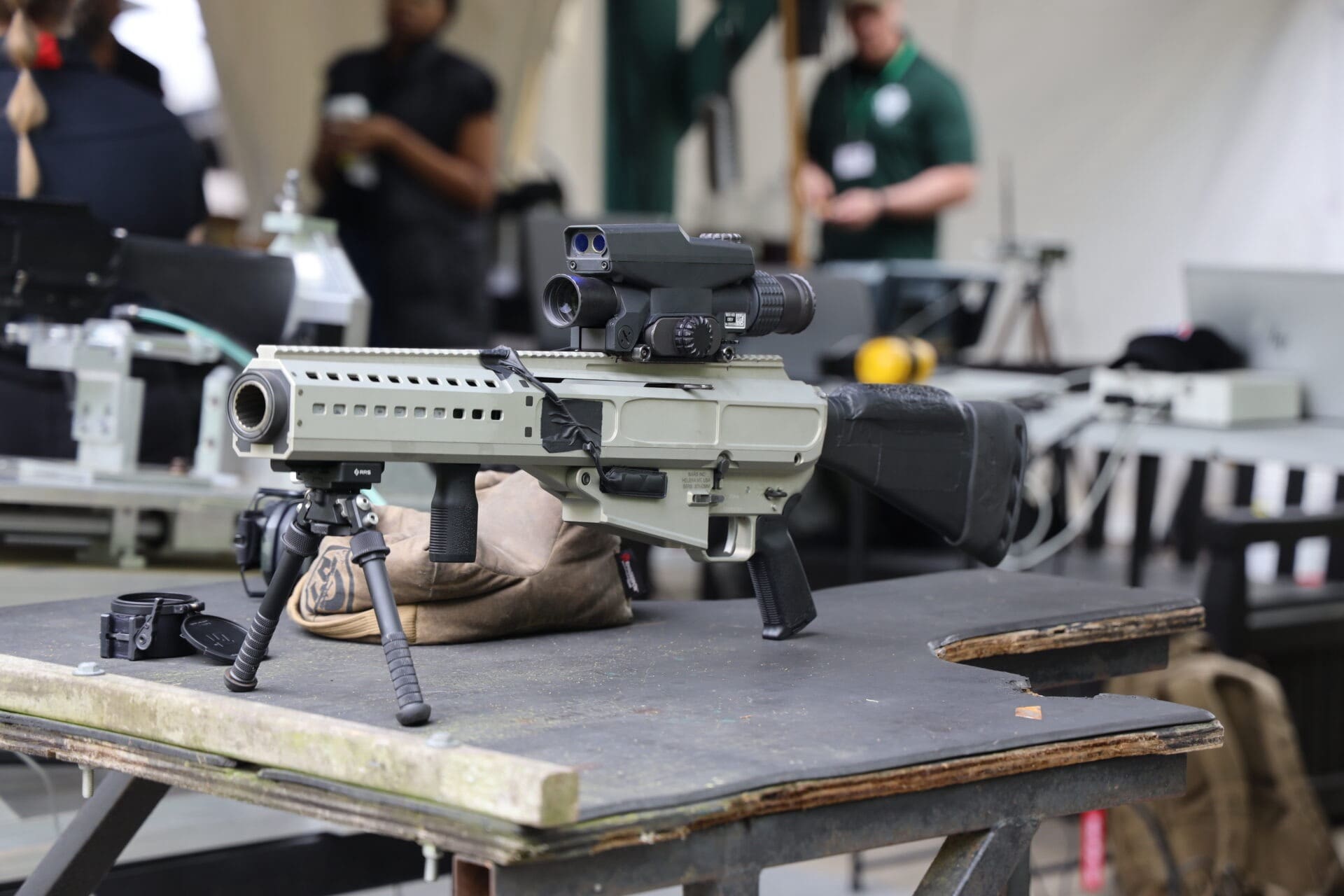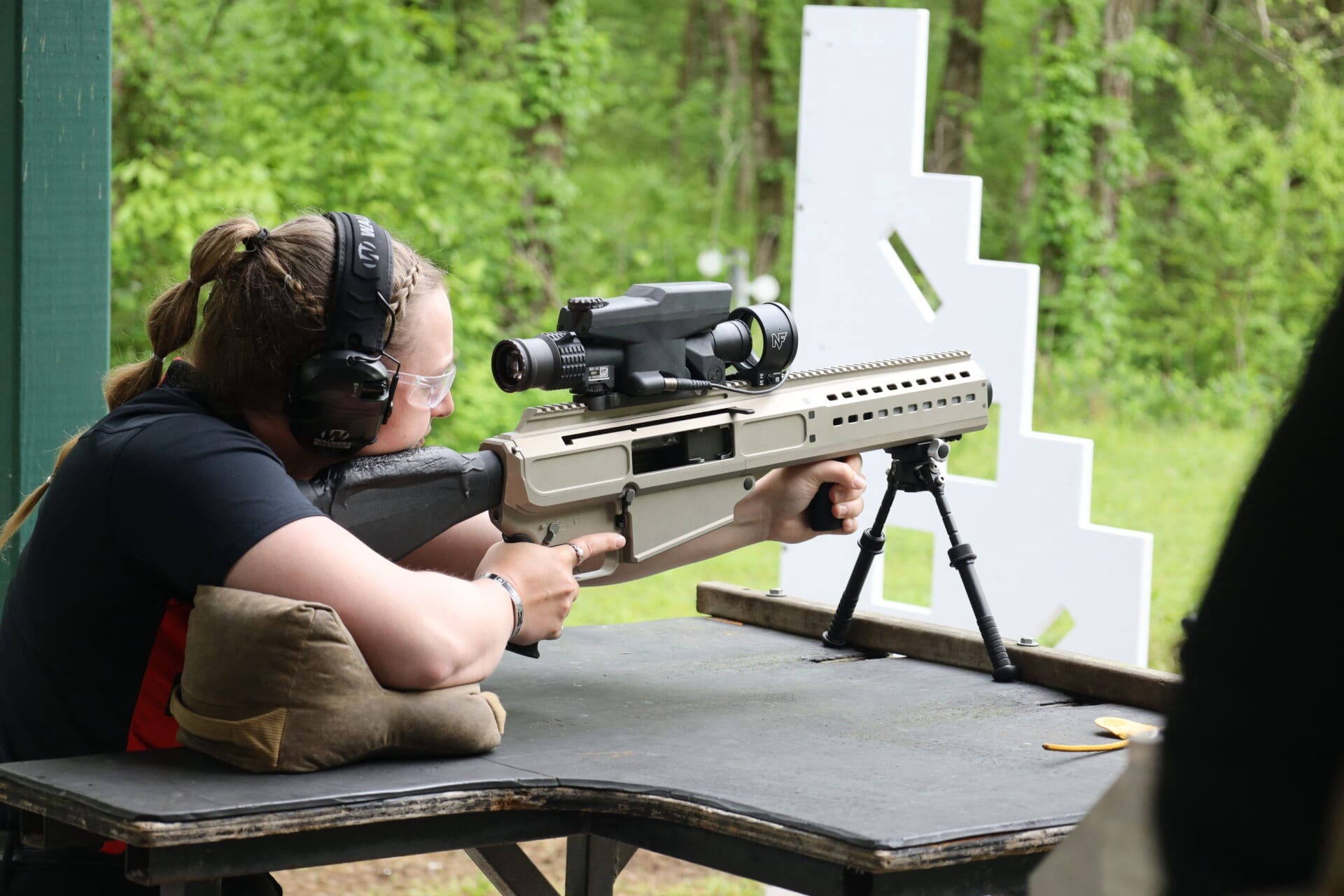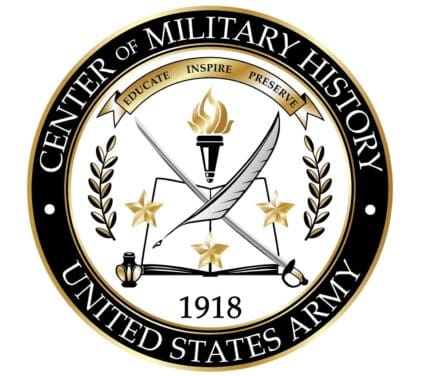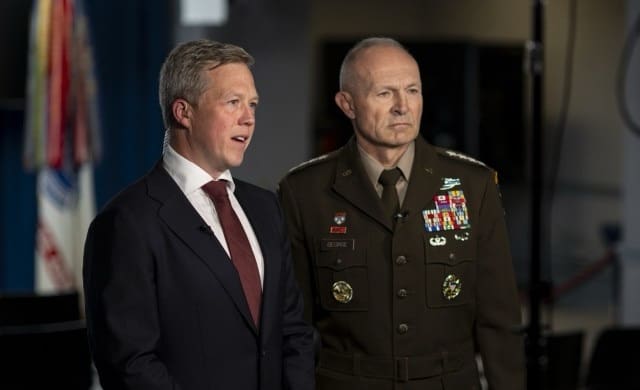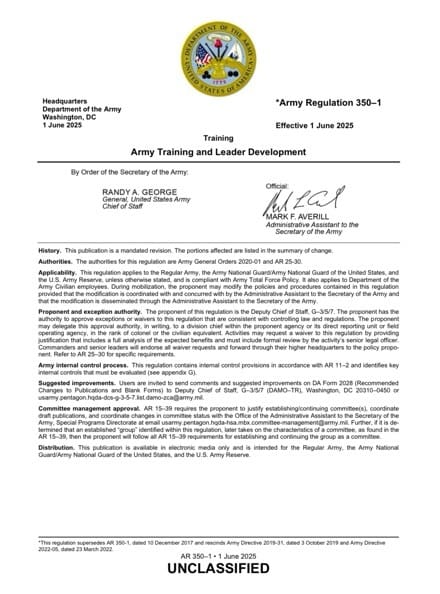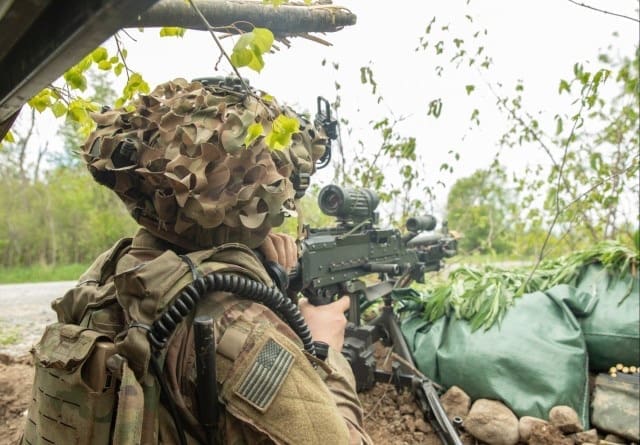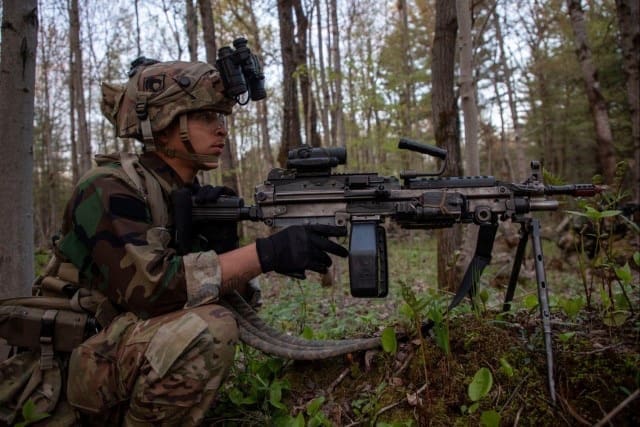The Army is rapidly advancing capabilities in the Short-Range Reconnaissance (SRR) program by deploying cutting-edge Small Uncrewed Aircraft Systems (SUAS) to Transformation in Contact (TiC) Brigades.

These modernized systems amplify combat power and lethality, improve troop survivability, and give commanders real-time intelligence on the modern battlefield.
COL Danielle Medaglia, UAS Project Manager, highlighted the importance of the Army’s approach.
“The technology across the UAS environment is evolving at a rapid pace,” Medaglia said. “Therefore, in parallel to fielding the next tranche of SRR we are already working on future capabilities, leveraging new mature technology and quickly iterating on Soldier feedback.”
“Continuous iteration and integration of new technology, multi-vendor awards, and continuous competition ensures we can field the most capable and cost effective UAS, at scale, that aligns with Soldier needs.”
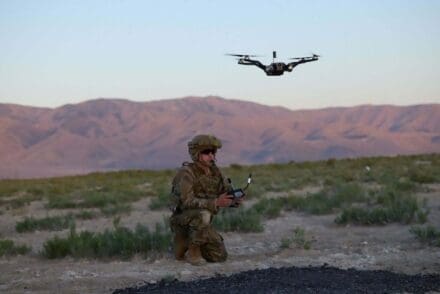
SRR systems are integral to modern warfare. Equipped with advanced sensors, these SUAS provide real-time intelligence, reconnaissance, and target acquisition, empowering commanders with swift decision-making capabilities. Acting as force multipliers, they enable precise fires, support ground operations with timely information, enhance operational flexibility, and crucially, improve troop survivability by detecting threats and identifying safe routes.
Equipping of Next-Generation SUAS Capabilities
The Army continues to use a multi-vendor approach to drive competition and deliver technology at the speed of relevance.
“The rapid deployment of Tranche 2 SUAS to our combat teams is a testament to our commitment to providing Soldiers with the most advanced tools available,” said BG David Phillips, Program Executive Officer, Aviation. “These systems are not just about technology; they are about enhancing our operational capabilities and ensuring the safety and effectiveness of our troops on the ground.”
In April, PEO Aviation’s UAS Project Office responded to an urgent request to deploy Tranche 2 SUAS to the 1st Brigade Combat Team of the 101st Airborne Division (Fort Campbell, Kentucky) in support of their rotation at the Joint Readiness Training Center (JRTC) at Fort Johnson, Louisiana.
Demonstrating the Army’s ability to rapidly equip its forces, Skydio X10D systems were delivered to the 1/101st, under the Army’s TiC 2.0 initiative within one month of the request. Additionally, Teal Drones’ Black Widow system is preparing to field. Both Skydio and Teal will support Army TiC Brigades in developing and refining tactics, techniques, and procedures for employing networked reconnaissance and surveillance systems against emerging battlefield threats.
The Army’s Vision for the Future of SRR
The deployment and evaluation of these SUAS are part of a larger Army initiative focused on “Transforming in Contact” – evaluating uncrewed aircraft systems and aligning personnel and tactics with new technologies. The Tranche 2 system is built upon Soldier feedback with improvements such as enhanced autonomy, a new ground control station, and modular architecture.
The Army remains steadfast in its mission to strengthen Soldier lethality, creating a force that can dominate in large-scale combat operations across multiple domains.
“The modern battlefield is changing. I think we’ve seen that,” said Gen. Randy George, Chief of Staff of the Army, during a recent interview. “We’ve learned a lot over the last year and a half with our transformation in contact. So, this is bottom-up innovation that we know we need, and we know we’ve been watching what’s happening on the modern battlefield.”
From Program Executive Office, Aviation


